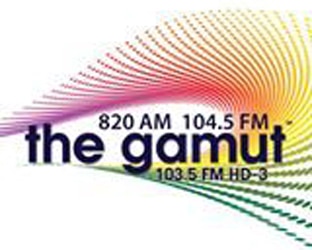WASHINGTON, D.C. — The NAB on Monday filed Reply Comments with the FCC in support of a rulemaking that would allow AM radio stations to voluntarily broadcast an all-digital signal.
The comments are in reference to MB Docket No. 19-311, which focuses on All-Digital Mode of HD Radio for AM Stations, and MB Docket No. 13-249, the “revitalization” of the AM radio service.
In short, the NAB supports the NPRM comprised of both dockets, giving its thumbs-up to a proposal proposes that would allow AM broadcasters to voluntarily broadcast in the MA3 all-digital mode of the HD Radio inband/on-channel (IBOC) digital radio system.
The NAB is not alone: “Nearly all commenters endorse the proposed technical and policy criteria for all-digital AM service,” broadcast media’s biggest voice in Washington told the Commission.
The NAB noted that all-digital AM could be a game-changer, allowing the stations to reach more listeners with an improved signal. Plus, additional programming would allow these AMs to better compete in the marketplace, the NAB argued.
From a technology standpoint, NAB’s PILOT initiative (and, before that, NAB Labs) concluded that all-digital AM delivers audio sound fidelity equal to FM stereo and a listenable signal out to the 0.5 mV/m analog contour, in most cases.
The “successful” experimental operation of MA3 at Hubbard Radio’s WWFD-AM 820 “The Gamut” in Frederick, which uses an FM translator to reach affluent areas of Northwest Washington; Montgomery County, Md.; and Northern Virginia; was also noted by the NAB.
The story of “The Gamut” was profiled in depth in the Fall 2019 RBR+TVBR print magazine distributed at the Radio Show.
What about static and interference worries?
“The FCC’s existing interference management procedures provide sufficient technical and regulatory mechanisms for resolving interference issues,” the NAB said.
‘A NEW CARRIER FREQUENCY TOLERANCE STANDARD IS UNNECESSARY’
One thing the NAB does not want the Commission to move forward with is a carrier frequency tolerance standard on AM stations of 1 Hz as a way to improve all-digital reception.
It “respectfully opposes this approach as an unnecessary burden on AM broadcasters who will continue to operate in analog mode.”
NAB Labs’ tests indicated that “if desired and undesired carriers are locked or within 1 Hz of one another, the undesired analog signal amplitude can be as great as 6 dB less than the
desired all-digital signal before any degradation is detected in the digital audio signal. This is a significant improvement over the 26 dB desired-to-undesired (D/U) interference standards for analog AM.”
However, the larger frequency offsets tested by NAB Labs (2 and 5 Hz) which resulted in degraded performance compared to the 1 Hz offset case were still a significant improvement over the current 26 dB D/U AM co-channel specification.
“We agree that tightening the carrier frequency tolerance would benefit both analog and all-digital operations by reducing the impact of co-channel interference,” the NAB said. “However, given today’s extremely challenging economic climate for radio broadcasting, especially AM service, such a new requirement would be a burden and counterproductive to the FCC’s goal of AM radio revitalization. At most, the FCC should table this proposal until there is a sufficient number of all-digital AM stations to provide a meaningful number of data points.”





